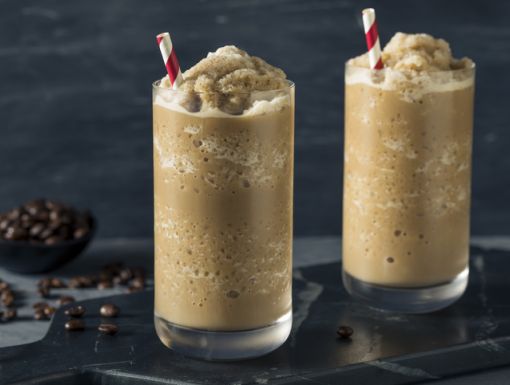
Best Healthy Bread: 5 Picks From a Registered Dietitian
Good bread can brighten any meal or snack – and if it’s really good, it can even brighten our day. But scanning the bread aisle can be overwhelming. Should we grab the hearty-looking grain loaf, reach for a grain-free or keto slice or something else altogether?
What bread is healthy?
Here are five better-for-you brands of bread to try, ranging from sprouted-grain classics to grain-free, lower-carb options:
Base Culture – 7 Nut & Seed Bread
- Low-carb; grain- and gluten-free
- Made with almond butter, flaxseed, chia, hemp hearts, pumpkin and sunflower seeds
- Per slice: 100 calories, 8 grams carbohydrate, 4 grams fiber, 0 sugar, 3 grams protein
- Molly's note: My preference is to toast it to accompany a meal, it’s a little too small to make a proper sandwich. Look for it in the freezer section.
Nature’s Own Keto Multigrain Bread
- Low-carb
- Both "keto multigrain" and "keto soft white" use modified wheat starch and wheat protein isolate in place of flour
- Per slice: 40 calories, 10 grams carbohydrate, 9 grams fiber, 0 sugar, 6 grams protein
- Molly's note: It’s a decent low-carb option for everyday sandwiches, though I prefer the quality of ingredients in the Base Culture brand for a lower-carb bread.
Dave’s Killer Bread – Powerseed
- Organic whole wheat bread with flax, quinoa, and pumpkin seeds
- Per slice: 90 calories, 18 grams carbohydrate, 4 grams fiber, 1 gram sugar, 5 grams protein
- Molly's note: This has a nice, seedy crunch.
Food for Life Ezekiel 4:9 Low-Sodium Sprouted Bread
- Flourless and vegan, this bread is made from sprouted wheat, barley, millet, lentils, soybeans, and spelt
- Per slice: 80 calories, 15 grams carbohydrate, 3 grams fiber, 0 sugar, 5 grams protein
- Molly's note: The label says "low" sodium, but there’s actually zero sodium per slice (most brands of bread have about 140 to 190 mg sodium per slice). Look for it in the freezer section.
Whole Grain Sourdough Bread
- Made with whole grain flour, water, salt
- There is no yeast added. Traditional sourdough draws upon the yeast from the environment to leaven the flour and water into that beautiful, crusty deliciousness.
- Fermentation time matters: Most commercial baking practices in the US only partially ferment the dough, adding commercial yeasts to speed up the process. Shorter fermentation time typically means a higher glycemic index, along with a greater amount of undigested gluten. Traditional bread-making processes, like homemade sourdough, ferment the dough for an extended time, allowing the yeast and bacteria to activate enzymes that help to “digest” the gluten for us.
For more, check out Molly’s article in The Advocate.
Sign up for our Food and Fitness newsletter for weekly tips and recipes delivered to your inbox.



